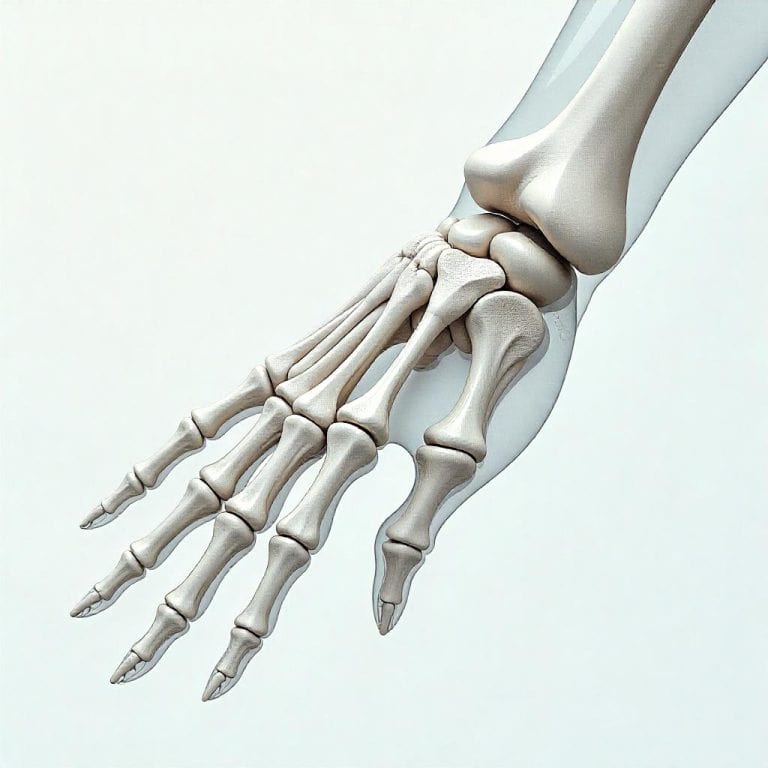Welcome to the Bones of the Hand quiz! Have you ever wondered how many bones make up the human hand? Or how these bones work together to help us perform everyday tasks like writing, typing, and picking up objects? In this quiz, we will explore the different bones that make up the hand and learn about their unique functions.
Get ready to dive into the fascinating world of hand anatomy! From the metacarpals to the phalanges, we will take a closer look at each bone and its role in helping us grip, grasp, and manipulate objects. Test your knowledge and see how much you know about the bones that give our hands their incredible dexterity and strength.
Let’s get started!
Play Bones Of The Hand Quiz
Instructions
- This quiz is multiple choice.
- Read each question carefully before selecting an answer.
- Choose the best answer for each question.
- You will see the missed questions with correct answers at the end of the quiz.
Quick Facts
- The human hand is made up of 27 small bones.
- These bones are arranged in two rows: the carpal bones in the wrist and the metacarpal bones in the palm.
- The bones of the hand allow for a wide range of motion, enabling activities like typing, writing, and grasping objects.
- Each finger has three bones called phalanges, while the thumb has two.
- They are connected by ligaments, which help stabilize the joints and prevent dislocations.
- The hand bones are vital for everyday tasks such as eating, grooming, and playing musical instruments.
- Injuries to the bones of the hand, such as fractures or dislocations, can impact a person’s ability to use their hand effectively.
- They are also important for providing structure and support to the soft tissues of the hand, such as muscles and tendons.
- They are constantly remodeling and adapting to the stresses placed on them, such as during weight-bearing activities or repetitive motions.
- Proper care and treatment of hand bone injuries are crucial for maintaining hand function and preventing long-term complications.
Downloads
Study Tips
- Create a study schedule and stick to it.
- Find a quiet and comfortable study environment.
- Remove distractions such as phones and social media.
- Take breaks every 25-30 minutes to avoid burnout.
- Use active studying techniques like summarizing, highlighting, and teaching concepts to someone else.
- Practice retrieval by testing yourself with flashcards or practice quizzes.
- Stay organized with notes, study guides, and resources.
- Stay hydrated and eat brain-boosting foods like fruits, nuts, and whole grains.
- Get enough sleep to improve memory retention and cognitive function.
- Reward yourself for reaching study goals to stay motivated.
